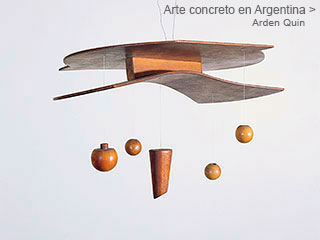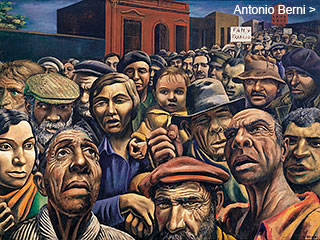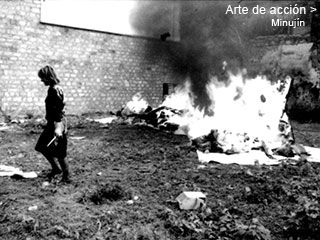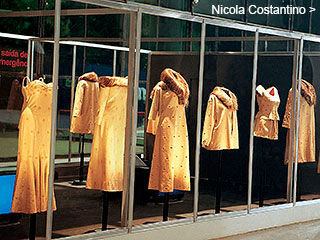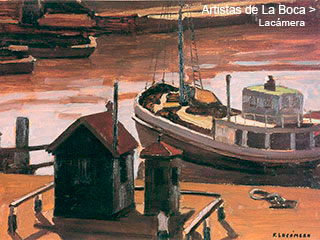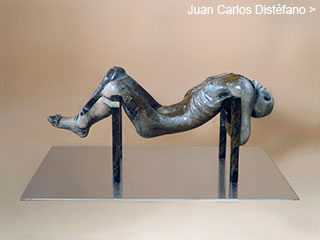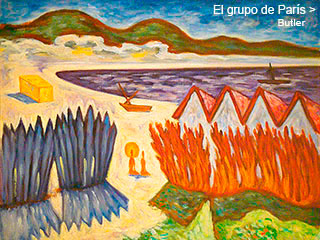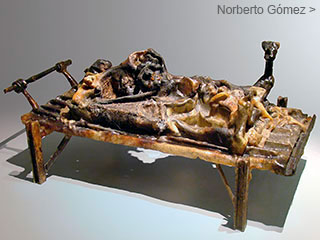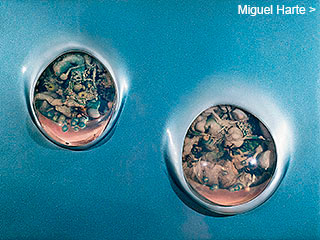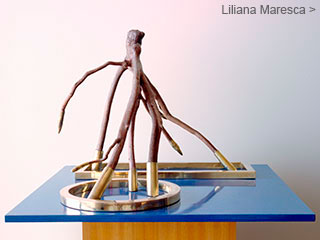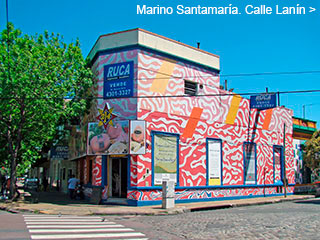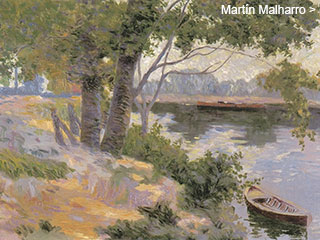Menú
Algunos dossiers
Ropa confeccionada con peletería humana, jabón fabricado con su propia grasa corporal y cañerías obstruidas con potrillos y terneros nonatos. Así se pueden describir algunas de las obras más características de Nicola Costantino, artista rosarina que muestra su producción en los circuitos internacionales más exigentes. Julio Sánchez recorre su vida y su obra.
David Elliot. “Absence” (catálogo exposición), Oslo, National Touring Exhibition Norway, 2001.
The impression of a once present body characterizes the work of Nicola Costantino. She works with casts in making clothes, handbags and shoes out of the impression of skin, inflected by the patterning of multiple nipples or assholes. Sexual, yet it is not clear from which sex, these objects have the characteristics of fetishes and are usually shown on mannequins in commercial window spaces rather than art galleries. What is intimate and personal is transmuted into a commodity to be consumed by others; the erotic incongruity of these objects refers back to the work of Meret Oppenheim and other female Surrealists of the 1930s and '40s, but the fact that the impression is of human skin also adds a chilling footnote. It is not so long ago in Europe that, during the Holocaust, lampshades were fashioned from this material itself.
In recent work Costantino works architectonically within the spaces of the gallery. Here casts are made of the stillborn fetuses of farm animals which are choreographed by the artist either into friezes, which run like pipes along the walls, or are compressed into free standing globes which occupy the centre of the space. These monochrome works, at the same time both memento mori and Totentanz, radiate innocence and stillness rather than horror or shock. In this sense they are both meditations on the fragility of life and a celebration of the beauty of death. What do these figures represent
continúa


